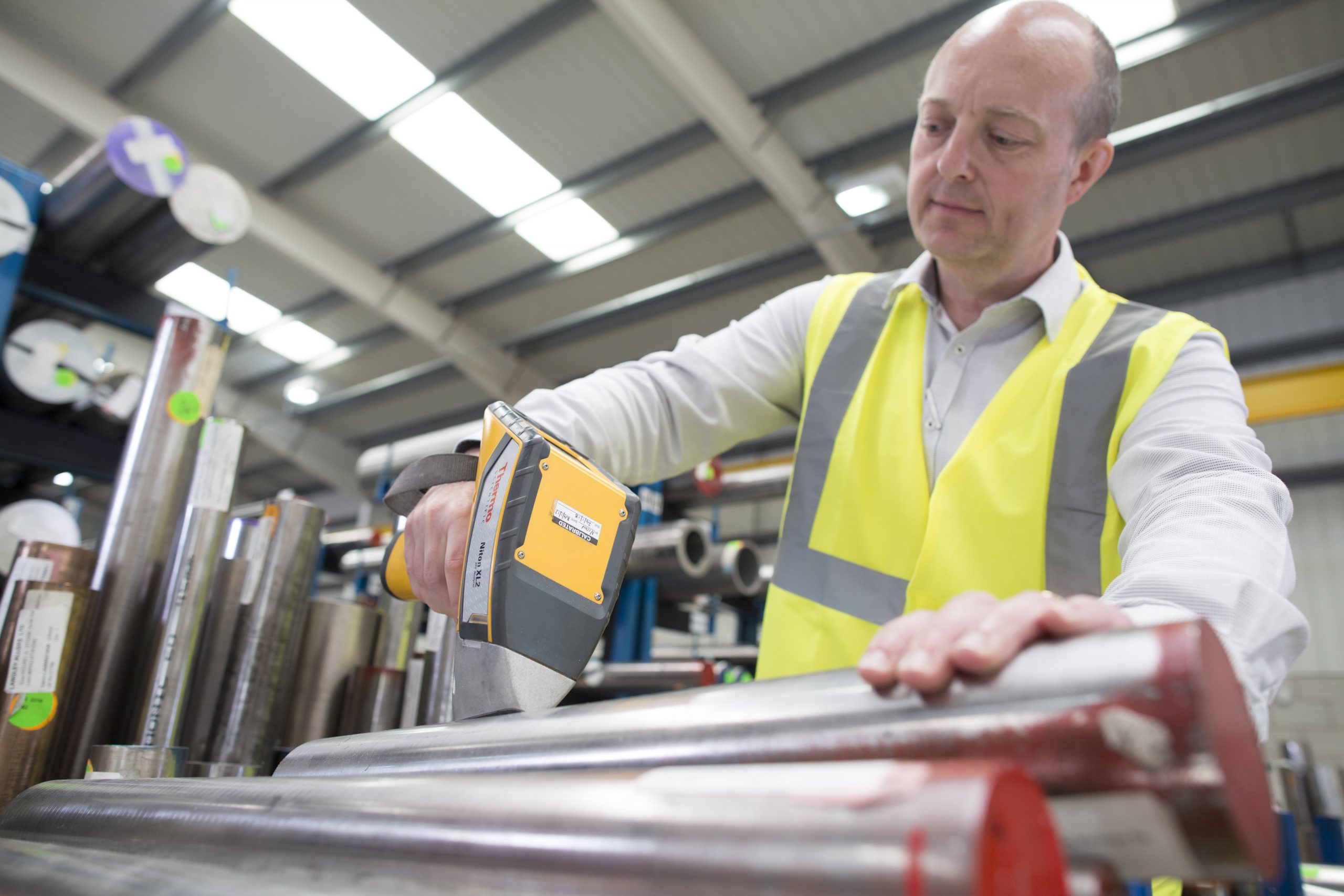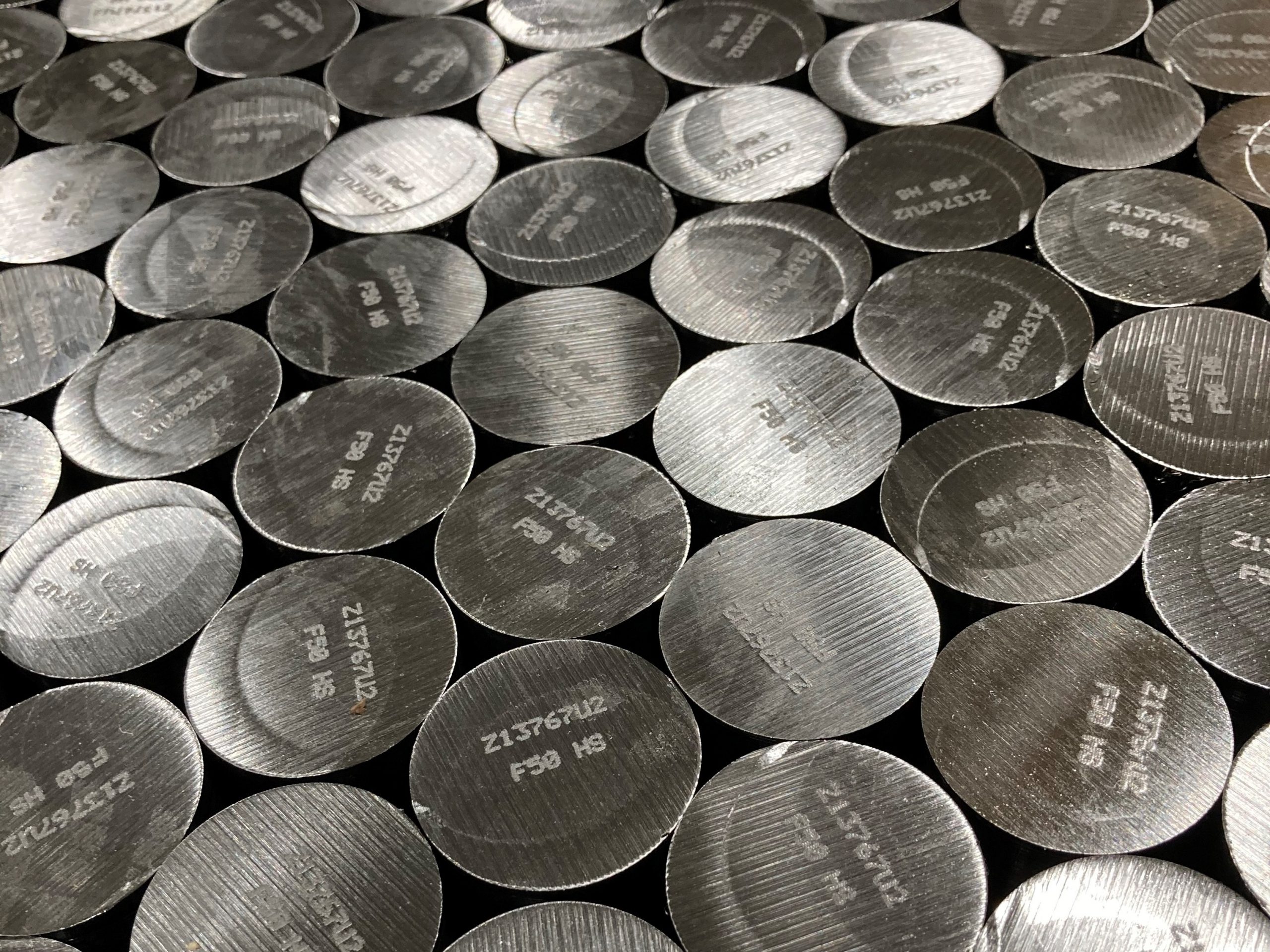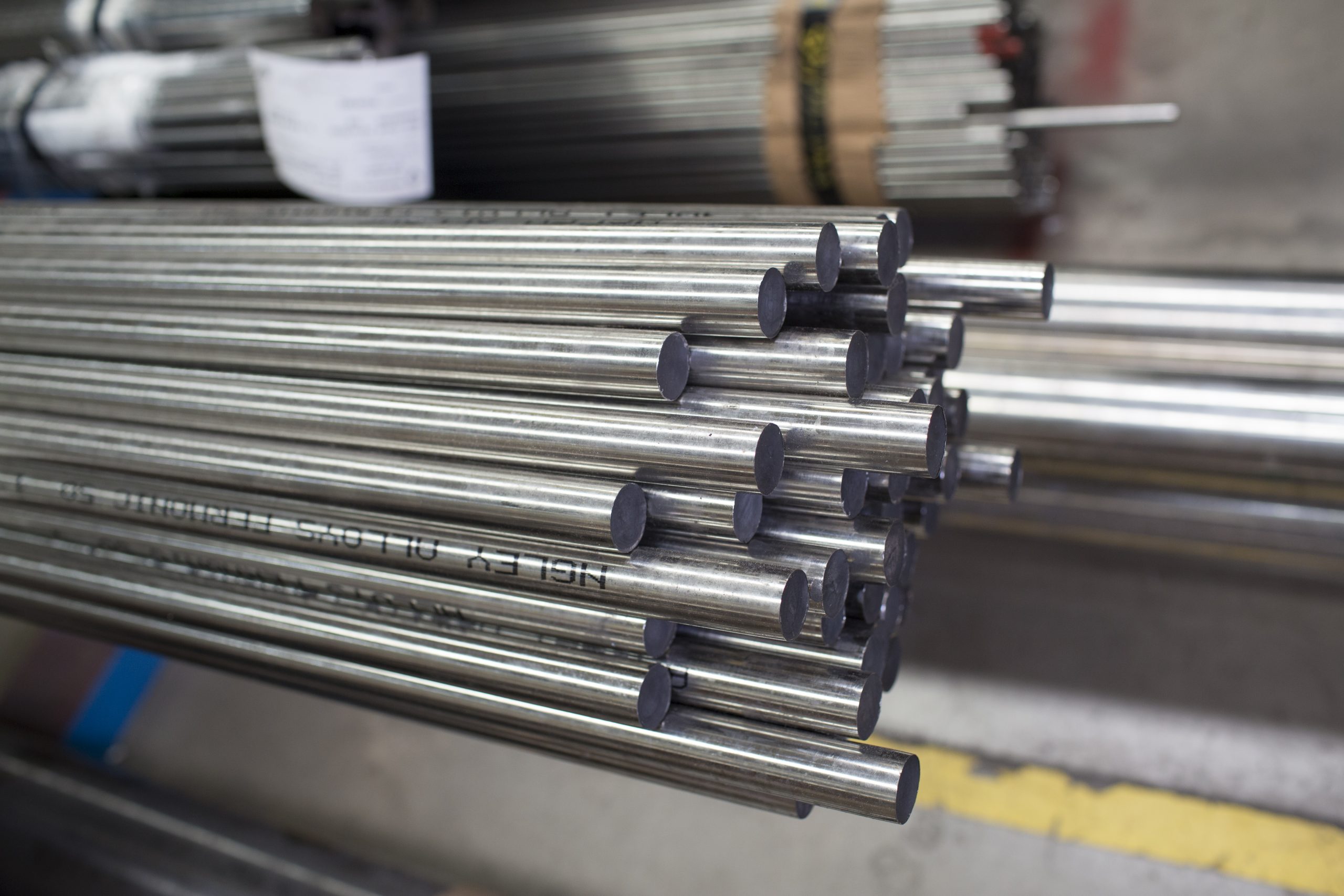Sales hotline: +65 6524 1129

Sanmac 316L (Hollow Bar)

Alliage 254

Fermonic 60

Fermonic 50 – Haute résistance/Extra haute résistance

Fermonic 50 – Recuit

Contact us on seasia@langleyalloys.com to request a quote
Sales hotline: +65 6524 1129
Austenitic stainless steels are the most commonly used grades of stainless steel as they can provide predictable levels of corrosion resistance and excellent mechanical properties. Easily recognised from their non-magnetic properties, the completely austenitic grain structure means that they are extremely formable, readily welded and retain their ductility down to cryogenic temperatures. They can also be used at raised temperatures, as they retain more of their strength in comparison with ferritic alloys. They can be significantly strengthened by cold working, but this work hardening effect also means that machining may need to be undertaken more carefully. Larger section sizes can be strengthened by warm working. As a wholly austenitic structure, heat treatment has no effect.
Good corrosion resistance is imparted by 16-25% Cr additions, but can be significantly improved by further additions. For instance, Alloy 316L benefits from the addition of molybdenum to improve resistance to pitting and crevice corrosion in chloride environments. Alloy 254 contains significant levels nickel, molybdenum and copper to further enhance corrosion resistance in aggressive environments, making it suited to brackish or polluted water contact, or in applications containing halide ions (chloride, bromide, fluoride) where it can be a cost-effective alternative to more expensive nickel and titanium alloys in such environments.
The range of Fermonic® 50 grades (also known as Nitronic® 50 – a trademark of AK Steel Corporation) provide more than double the strength of Alloy 316L for instance, benefiting from controlled nitrogen additions to strengthen the austenitic structure. Higher strength allows section sizes to be reduced, whilst retaining the favourable characteristics of austenitic grades in general. The Fermonic® 60 product (also known as Nitronic® 60 – a trademark of AK Steel Corporation) is more specialised – it has superior galling resistance resulting from additions of manganese and silicon, making it preferable for applications where there is repeated movement/sliding or frequent assembly/disassembly.






| Alliage | Nom commun | Spécifications associées | Résistance mécanique | Limite élastique | Allongement | ||
| Britanique | Européen | États Unis | N/mm2 (ksi) | N/mm2 (ksi) | (%) | ||
| Alliage 316L | UNS S31603 | 1.4404 | ASTM A479/A276 S31603 | 515 (75) | 205 (30) | 35 | |
| Fermonic 50 – Recuit | UNS S20910 XM-19 Nit50 | 1.3964 | ASTM A479/A182 XM-19 UNS S20910 XM-19 Nit50 | 690 (100) | 415 (60) | 35 | |
| Fermonic 50 – Haute résistance/Extra haute résistance | UNS S20910 XM-19 Nit50 | 1.3964 | ASTM A479/A276 XM19 UNS S20910 XM-19 Nit50 | 862 (125) | 724 (105) | 20 | |
| Fermonic 60 | UNS S21800 Nit60 | ASTM A479/A276 UNS S21800 Nit60 | 655 (95) | 345 (50) | 35 | ||
| Alliage 254 | UNS S31254 | 1.4547 X1CrNiMoN 20-18-7 X1CrNiMoCuN 20-18-7 Z1 CNDU 20.18.06 AZ Norsok MDS R17 | ASTM A479/A473/A240 UNS S31254 ASTM A182 F44 | 650 (94) | 300 (44) | 35 | |
| Sanmac 316L (Hollow Bar) | UNS S31603 | UNS S31603 DIN 1.4404 X2 CrNiMo 17-12-2 JIS SUS316TKA | ASTM MT316L | 515 (75) | 220 (32) | 45 | |
Worldwide Delivery Available
We can offer air, sea and road freight shipping options, with choice of packaging, to deliver to customers globally.
Inventory Management
Let us manage your total material requirements with call-off and consignment arrangements.
Up to 40 sizes per alloy available
More sizes equal less machining and a more cost-effective supply chain.